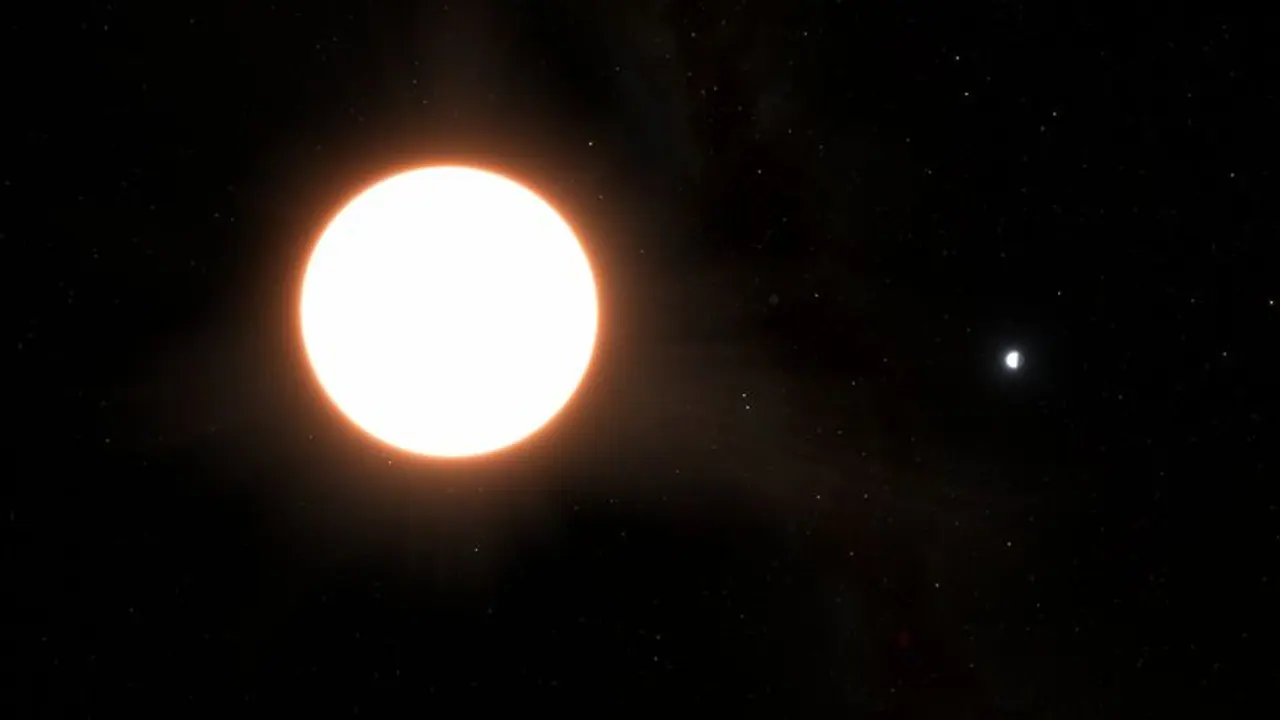The most reflective planet ever discovered outside of our Solar System is a blistering hot globe with metal showers droplets of titanium, according to astronomers on Monday.
Astronomers announced on Monday that they have discovered the most reflective planet ever observed outside of our Solar System. This scorching hot world, located over 260 light years away from Earth, reflects 80 percent of the light from its host star, as observed by Europe's Cheops space telescope, which investigates exoplanets.

The planet, named LTT9779b, is a Neptune-sized planet that was first discovered in 2020. It has an incredibly short orbital period of just 19 hours. Despite being subjected to extreme temperatures of 2,000 degrees Celsius on the side facing its star, where clouds would not normally form, LTT9779b exhibits the presence of metallic clouds.
Researchers at France's Cote d'Azur Observatory, including Vivien Parmentier, realized that the cloud formation on LTT9779b can be likened to the condensation that occurs in a bathroom after a hot shower. The intense heat causes a stream of metal and silicate to oversaturate the planet's atmosphere, resulting in the formation of metallic clouds, similar to the process of glass formation.
"It was really a puzzle," said Vivien Parmentier. The researchers then "realised we should think about this cloud formation in the same way as condensation forming in a bathroom after a hot shower," he said in a statement.
LTT9779b is an outlier in various aspects. It is approximately five times the size of Earth and orbits its star in less than 24 hours. Typically, exoplanets found in such short orbits are either gas giants much larger than Earth or rocky planets half its size. Moreover, LTT9779b resides in a region known as the "Neptune desert," where planets of its size are not expected to be found.
"It's a planet that shouldn't exist," Parmentier said. "We expect planets like this to have their atmosphere blown away by their star, leaving behind bare rock."
The planet's metallic clouds play a crucial role in its survival. They act as mirrors, reflecting light and preventing the planet's atmosphere from being blown away by the intense stellar radiation. Maxmilian Guenther, the Cheops project scientist at the European Space Agency, compares this effect to the shields depicted in old Star Trek films that protect starships.
Also read: Making history with 42 digits: Researchers solve three-decade-old problem in mathematics
"It's a bit like a shield, like in those old Star Trek films where they have shields around their ships," he told AFP.
This research marks a significant milestone as it demonstrates how a Neptune-sized planet like LTT9779b can withstand the inhospitable conditions of the Neptune desert. The Cheops space telescope, launched in 2019, played a vital role in measuring the planet's reflectiveness by comparing the light before and after LTT9779b disappeared behind its star.
